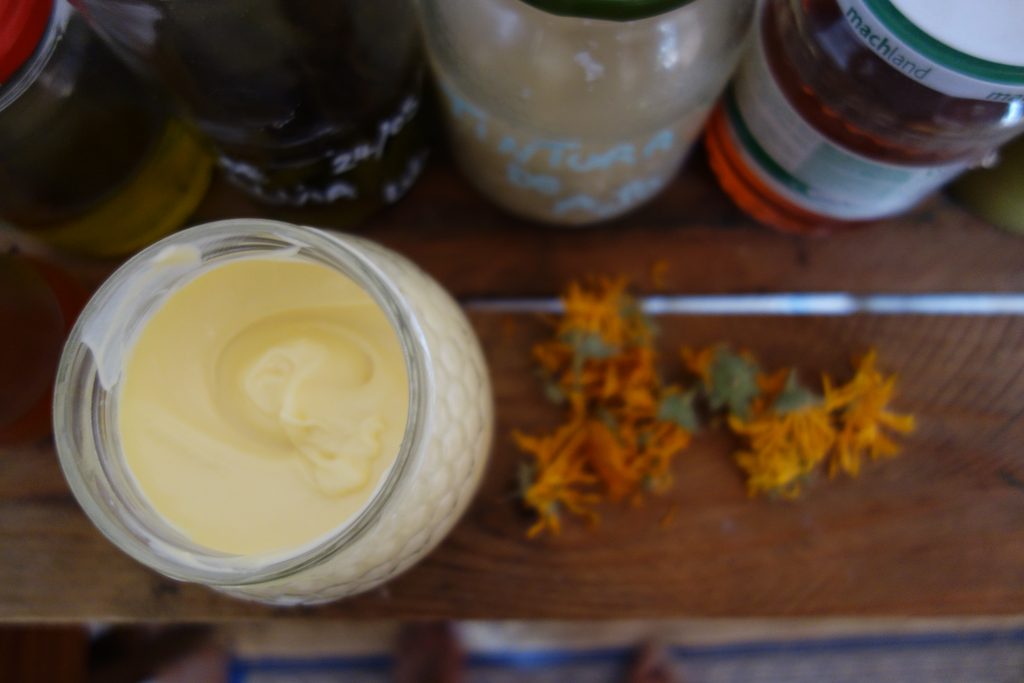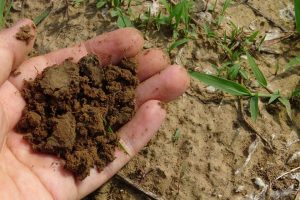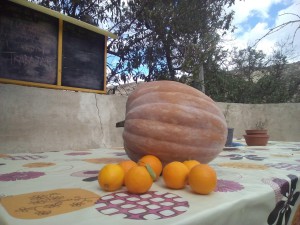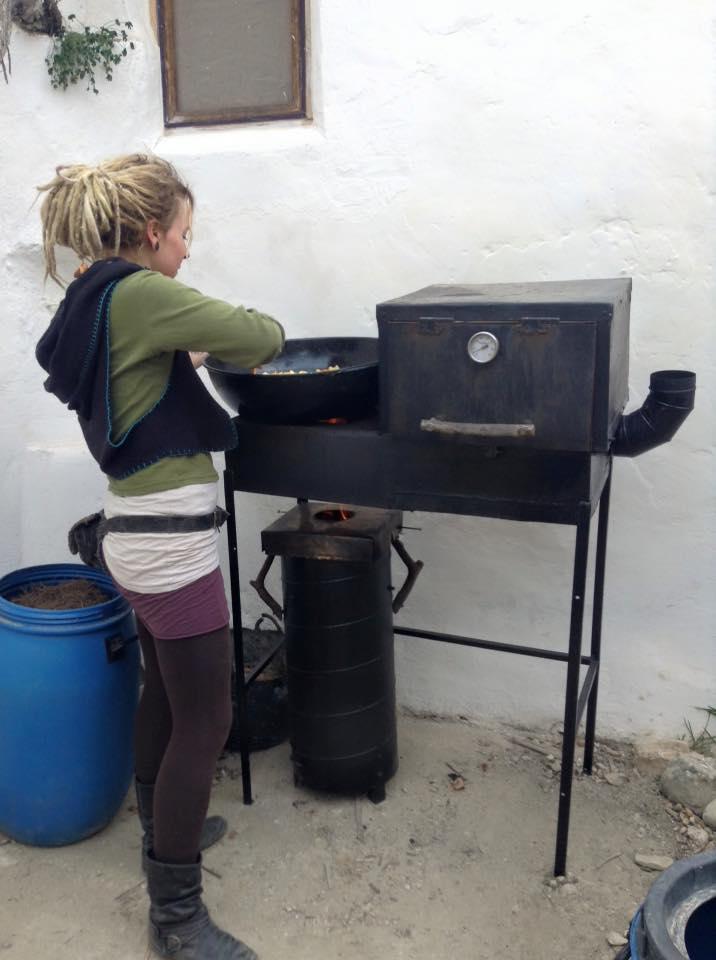Drylands Management, Sustainable Living
By Drylands assistant Margaux
With Spring in full bloom in the valley, the Drylands and Sustainable Living departments have been out walking with volunteers to collect the capers that are starting to grow and preserving them in preparation for summer salads. Have you ever picked capers? The pickled capers we use as seasoning are actually the buds of the plant called “Capparis spinosa”. They need to be picked before they turn into these lovely white flowers. It is preferable to pick the smaller buds which have more flavour.
It’s important to follow some basic guidance if you are planning to pick plants in the wild. First of all, make sure that you are not in a preserved zone. There must be, at least, 5 plants of the same species in the area you are planning to pick. Then, do not collect more than 20-30% of the plant’s fruits or flowers, so it is still able to reproduce. Another last tip, try not to pick close to roads; you shouldn’t be closer than 50 meters from the nearest road.
“Its huge pink-and-white flowers bristling with stamens and anthers, and its tough thorny leaves were nourished by roots that burrowed for moisture more than a hundred feet into the parched earth.” – South from Granada, Gerard Brenan
Preserving capers is simple – to start off with you need just a water and salt mixture to soak them. This water needs to be changed every three or four days, four times. One the soaking process is done, you can preserve the capers in vinegar, and with any other herbs you like. Besides being a tasty addition to salads (or as a pizza topping at our famous pizza parties!) capers are known to be powerful anti-oxidants and to help in circulation of blood – so a perfect complement to our healthy sustainable diet here at Sunseed.










